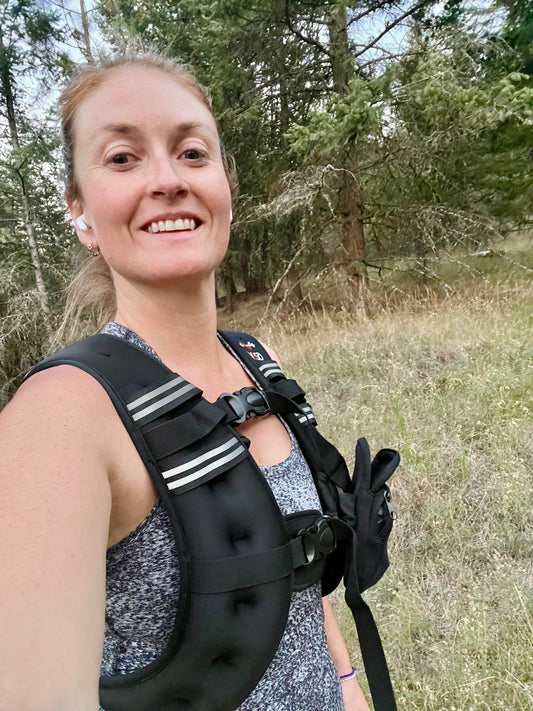Thoracic outlet syndrome (TOS) is a bit of a buzz term when it comes to upper body injuries, and if often used incorrectly. TOS is commonly caused by car accidents, repetitive injuries from certain jobs or sports, pregnancy, and anatomical differences. Believe it or not, TOS can also be caused by poor posture, holding the head in a forward position and/or dropping the shoulders. The thoracic outlet is an area just below the collarbone in the form of a ring made by the top ribs.
Thoracic outlet syndrome encompasses a group of disorders that are characterized by compression of the blood vessels or nerves that travel through the space between the collarbone and first rib. There are three categories of thoracic outlet syndrome: neurogenic (neurologic TOS), venous TOS, and arterial TOS. The most common type is neurogenic, and if you have heard of or experienced TOS, this is likely the type of TOS being referred to. Neurogenic thoracic outlet syndrome occurs due to compression of the brachial plexus. The brachial plexus is a network of nerves that control movement and feeling in the arms and hands. The brachial plexus is a small area of these intertwined nerves that travels from the neck, across the upper chest to the armpit. Less common is venous thoracic outlet syndrome, which is when one or more veins are compressed under the collarbone, which leads to blood clots. The least common is arterial thoracic outlet syndrome, and is characterized by compressed arteries under the collarbone, which results in bulging of the artery, which is an aneurysm.
So, now we know a bit about the anatomy of thoracic outlet syndrome, but what does TOS feel like in the body? Symptoms of TOS can vary depending on the type, and it is also possible to have a mix of the three types. Neurologic TOS (when nerves are compressed, the most common kind) can present as numbness and tingling in arms and fingers, pain in the neck, shoulder, arm or hand, and a weakening grip. Venous TOS symptoms include a blue colour in the hand, arm pain and swelling, blood clots in the upper body, arm fatigue, abnormal colouring in the fingers and a throbbing lump close to the collarbone. Last, symptoms of arterial TOS can include hold arm, hands or fingers, arm and hand pain, lack of colour in the fingers or hand, and a weak or non-existent pulse in the arm.
If you think you may have thoracic outlet syndrome, always speak with your doctor. Generally, the treatment for thoracic outlet symdrome includes physiotherapy. Email us at hello@thebalancedcollective.com and let us help you get back to moving freely!
Kiah Loewen, BHK
If you are dealing with TOS, our expert movement coaches on Stream TBC have resources to support you!
References
Brachial Plexus Injuries - OrthoInfo - AAOS. (2022, March 1). Brachial Plexus Injuries - OrthoInfo - AAOS. https://www.orthoinfo.org/en/diseases--conditions/brachial-plexus-injuries/
Thoracic Outlet Syndrome. (2021, August 8). Thoracic Outlet Syndrome | Johns Hopkins Medicine. https://www.hopkinsmedicine.org/health/conditions-and-diseases/thoracic-outlet-syndrome
Thoracic outlet syndrome - Symptoms and causes. (2022, January 4). Mayo Clinic. https://www.mayoclinic.org/diseases-conditions/thoracic-outlet-syndrome/symptoms-causes/syc-20353988








